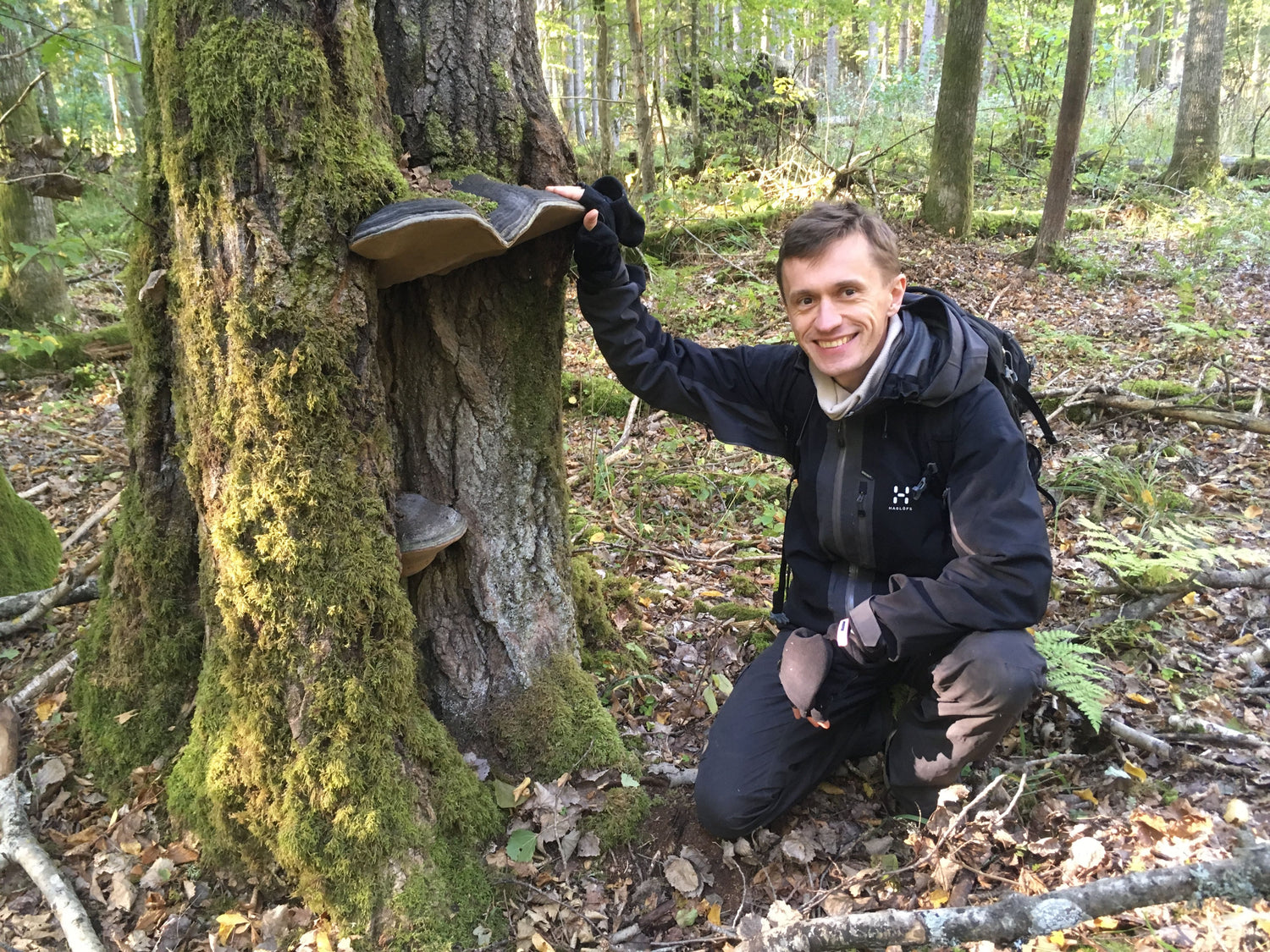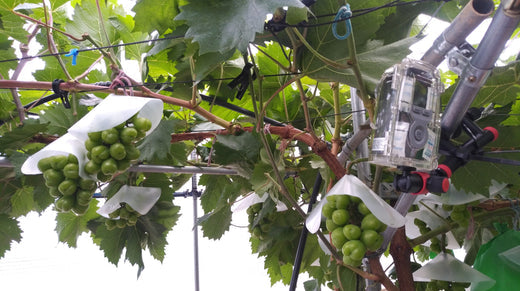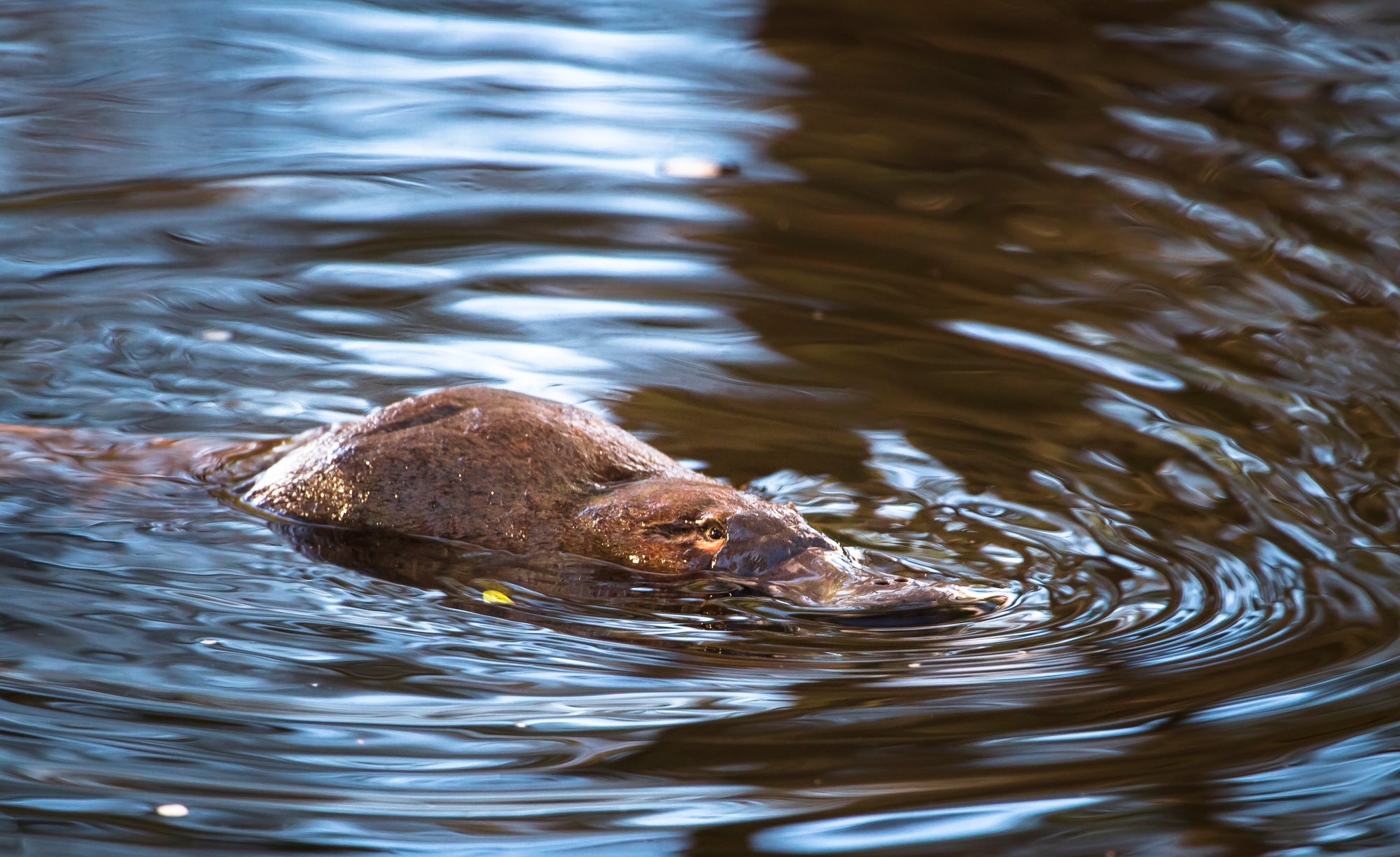Time lapse video mostly surrounds big objects, but the Brinno cameras are actually capable of capturing tiny objects thanks to short focusing distance. Plants, animals, fungi, even insects. This time we sat down with Dmitry Schigel, a researcher affiliated with University of Helsinki, to explore the utilization of time lapse in biodiversity monitoring and in exploring life hidden even from professional attention. (Photos inside this case study all credit from Dmitry Schigel, PhD)
1. Tell us about yourself.
My name is Dmitry Schigel, and my research centers on the interactions between insects and fungi, with a specialization in dead wood ecology. Since 1997, I have been studying insect fungivory, a commitment that continues through my affiliation as an associate professor at the University of Helsinki, Finland. I also have been passionate about macrophotography, which I pursue using my Canon EOS 6D and a 100 mm macro lense along with a variety of other photography equipment. My objects are small, often static, living in the shades of the woods - I can easily spend a half an hour with a tripod and reflectors, instead of running around with flash.

🔼 An orange polypore, Hapalopilus croceus (Pers.) Donk, a macrophotography photo taken by Dmitry
2. How did you begin your time lapse journey?
“In a way, I can CLONE myself while being busy with main work, or enjoying family time, and time lapse can do the field work for me.
3. What was your imagination before using the Brinno time lapse camera
My initial impression of time lapse photography was that it mostly involved capturing wide views with distant focus—recording large-scale objects like buildings or landscapes. I was concerned about whether the camera could handle close-up shots with fine details. However, once I adjusted the focus manually, I was amazed with the results. Many of my colleagues were also stunned to see the processes captured from a close up perspective and in compressed time, revealing biodiversity stories that are usually imperceptible to the naked eye, not even for the most patient of the naturalists.

4. Describe a recent project of how you are utilizing the time lapse camera?
Since 2020, I have been using the Brinno TLC200 to explore the limits of how small and how detailed a moving organism can be detected, monitored, quantified, and identified. This work has been crucial in designing a large-scale study proposal. My goal is to determine just "how small is too small" for the time lapse camera to support in entomology research.
▶️▶️Here’s the upgraded TLC300
https://brinno.com/pages/brinno-tlc300-long-term-time lapse-camera
5. Are there any challenging parts since your deep connection to the forest in the long career?
To capture the perfect macro shot, I often needed to carry a lot of equipment, which can limit the distance I can travel during hikes. Although I love microphotography, using a compact device like the Brinno camera has allowed me to embark on longer hikes without the burden of heavy gear. However, one challenge I face in capturing time lapse footage of fungi is the spores, which can sometimes appear as dust particles on the frame, complicating close-up shots, another set of issues comes from the morning dew or the rain.
 🔼Dmitry must carry lots of equipment before using time lapse camera
🔼Dmitry must carry lots of equipment before using time lapse camera6. Share some interesting stories or capture with us!
One of my favorite clips shows the life of pseudoscorpions struggling to catch prey. After failing to secure a beetle meal, they turn to a more accessible food source—a Diptera maggot, a larvae of a fungus gnat, an immature form of fungivorous insect. Or we can put it in a more humanly understandable interpretation, pseudoscorpion’s frustration with hunting leads them to settle for an easier option, like a person turning to a quick snack of stress food, such as a hot dog. I guess, maggots are pseudoscorpion’s fast food 🤤.
7. Suggestion for new time lapse camera users
First, choose your equipment wisely. Despite some minor design limitations, Brinno cameras are highly recommended for their durability and reliability. Plus the wide view angle of the lens, it helps you keep the object within the frame easily. Second, remember that time lapse photography is not the same as still photography—plan ahead to keep your subject in frame for as long as possible. Since unexpected moments can happen, ensure that your setup is ready to capture those fleeting opportunities.
“Don’t think of time lapse as photography, think of it as videography instead.”
During our discussion, Dmitry emphasized some key features important for time lapse recording in outdoor environments, like waterproof resistance. He also discussed the potential of using time lapse cameras in biodiversity monitoring, highlighting their value in observing ecological changes, especially for the less popular taxa. Camera traps have been in wide use for mammals and birds, however, from the biomass, function, ecosystem stability, habitat conservation, this is not the planet of vertebrates - no matter how cure they may appear - this is the planet of insects. We both agreed that time lapse cameras like these could be instrumental for scientific studies as well as for use by private sectors and government agencies that will push the limits and inclusivity in biodiversity monitoring.
GBIF’s best practices for managing and publishing camera trap data https://docs.gbif-uat.org/camera-trap-guide/en/
Dmitry Schigel’s personal webpage https://adlignum.com/about/




